Before becoming an interior designer, home decor, or furniture designer, one has to go through the process of understanding the two important materials- Particle board and plywood in woodworking and the construction industry.
Post your Requirement
This article will cover a detailed explanation of both the materials and their suitability as per your project needs. It is an integral part of any project to comprehend these two before deciding which material to go with depending on your needs.
What Is Particle Board And Plywood?
Particle board- It is also known as chipboard, is an engineered wood product made from wood particles, like sawdust and wood chips, mixed with adhesive resins. These particles are compressed and heated to create flat, cost-effective panels. Particle board is often used in furniture, cabinets, and interior applications due to its smooth surface.
Plywood- It is a versatile engineered wood product composed of thin wood veneer sheets layered with their grains at right angles to one another and bonded with adhesive. This construction provides strength, stability, and durability. Plywood finds use in structural applications, furniture, cabinetry, and various construction projects.
Characteristics of Particle Board and Plywood
Composition:
- Particle Board: It is created by compressing wood chips, sawdust, and small wood fibers along with adhesives in heat, pressure, and adhesive resins.
- Plywood: It is created by compre/ssing layers of wood veneers which delivers plywood with strength and stability.
Strength and Durability:
- Particle Board: If exposed to moisture, a particle board can easily be broken or damaged.
- Plywood: As mentioned previously, for works that require good strength, a plywood board is a great material for strengthening.
Weight:
- Particle Board: The compression of wood particles makes particle boards denser in nature which makes them heavier.
- Plywood: Plywood board is lighter and very effective for works that are concerned with the weight of the material.
Moisture Resistance:
- Particle Board: Particle board is highly susceptible to moisture damage. Exposure to moisture can cause swelling, warping, and degradation of the material.
- Plywood: Some types of plywood are more moisture-resistant than others, depending on the adhesive used. Marine-grade plywood, for example, is designed to resist moisture and is suitable for applications in wet environments.
Cost:
- Particle Board: For a budget-tight house builder, it is a great choice to make everywhere possible.
- Plywood: Plywood board is expensive because of the strength and stability that it offers.
Surface Finish:
- Particle Board: It comes with a soft and polished surface relevant for painting, laminating, and veneering.
- Plywood: The plywood board has a rough surface as compared to the particle board.
Applications:
- Particle Board: Particle board is commonly used for interior furniture, cabinets, shelving, and low-stress applications where cost is a significant factor.
- Plywood: Plywood is versatile and used for a wide range of applications, including structural sheathing, subfloors, cabinets, furniture, and more.
Environment:
- Particle Board: It is created out of leftover timber which is why it is a healthier option if the environment is taken into consideration.
- Plywood: To make a plywood board, fresh trees are cut for timber.
Having given everything from composition to the environmental impact of these two materials, it is important to understand whether particle board or plywood is better for your project depending on the specific requirements of your project and your budget plays a great role as well. Here’s a breakdown of when each material may be a better choice:
Particle Board
Let’s begin with particle board.
Advantages
- Particle board is less expensive than plywood board because of the qualities it offers, which is why it is mostly preferred by professionals and newbies.
- With less price, particle board also offers a uniform and smooth finish giving all the more reasons to be commonly used.
- For anyone who is aiming to build a project considering the environment, this is a green-friendly board for them.
Ideal Choice For
- A dresser, shelf, and entertainment center are different kinds of indoor furniture that can imbibe particle board into them.
- The shiny and smooth surfaced cabinets use this exact kind of material to gather all the beauty from it.
- A particle board is an ideal choice to make if you are willing to put up a decorative wall panel in your living room. Woah!
Keep in Mind
- Durability can be a question with this material. A slight moisture entered, heavy objects placed, much stress put, all these things can lessen its life.
- Moreover, it reacts to moisture in a way that starts swelling and deteriorating even in humid environments.
Plywood
Now moving to details about plywood board.
Advantages
- Plywood board price might be higher than the particle board but it has strength and durability to proffer making it ideal for structural and load-bearing applications.
- Unlike particle board, plywood is moisture-resistant, making it ideal for wet-prone areas or weather.
- It brings a lot to the table for different industries. For instance, it can be used for floors, walls, and roofs, all at once with different qualities adaptable for all three of them.
Ideal Choice For
- Majorly, it is seen as having great importance in structural applications- sheathing, subflooring, and roofing because of its features.
- The durability of plywood is mostly experienced by projects that would be exposed to higher levels of stress.
- For outdoor applications, exterior-grade plywood is an ideal choice to make.
Keep in Mind
- Plywood is generally more expensive than particle board, which may impact your project budget.
- Plywood’s wood grain surface may not be suitable for all design styles and may require additional finishing steps for a polished look.
Wrapping up
To conclude, an economical option with many benefits can be easily fulfilled with particle board. However, if you want to go with long-term benefits, without having a second thought, you should go with plywood. From DIY projects to indoor activity-based projects, particle board would be a great call to take; furthermore, for other uses like outdoor activity-based projects plywood would go a long way. Plywood is especially recommended for structural applications and projects subjected to heavy loads or adverse weather conditions. Ultimately, the choice between particle board and plywood should align with your project’s specific needs and budget constraints.

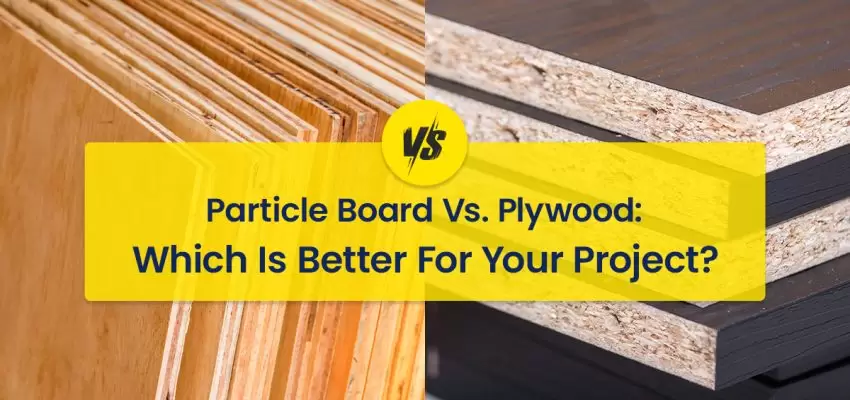
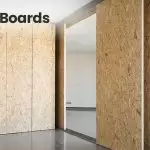
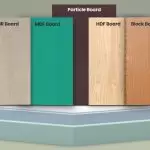
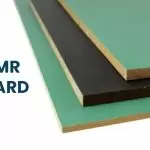
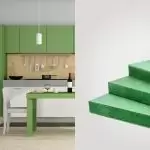

















Post A Comment